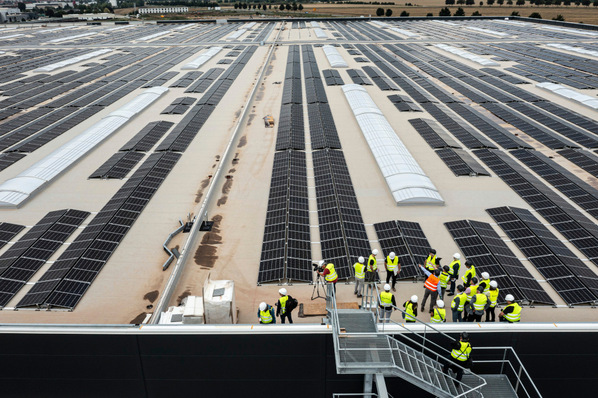As a general rule, storage units are a matter for the electrician. To install a solar battery, a technician needs to be properly qualified to work in electrical engineering. Heating engineers, ventilation systems technicians or solar engineers without an electrician’s licence are not permitted to install such units.
Furthermore, the technicians usually have to take part in a training course and be certified by the manufacturers of the systems they install. This includes an online account to log in to the company’s web portal during the process of installing the storage unit.
Regulations and codes
Along with the 2014 safety guidelines for lithium ion batteries, the technical requirements of the grid operators need to be taken into account. If the storage units are also part of the market for balancing power, the so-called transmission code applies. This, for example, defines that the control of the storage unit vis-à-vis the grid has to happen by way of an especially encrypted data link (VPN).
The transmission code clearly sets much higher standards for connecting storage units to the grid as when the battery is part of the building technology and its purpose is merely to increase self-consumption of solar power.
Connection to low voltage grid
On the other hand, the technical standards for connecting electrical systems in general and storage units in particular to the low voltage grid are binding. The regulations concerning fire protection are also useful, which brings us full circle to the safety guidelines.
Part of the documentation published by the manufacturers of storage units is extensive instructions on how the battery systems are to be installed. Assuming the solar array is connected and producing electricity, the installation will involve the following issues:
transport and transfer of materials
installation of monitoring units,
equipment installation,
connecting equipment and monitoring units to the network (consider activations),
integrating metre (consider activations),
connecting the PV array (consider activations),
installing the battery,
system test.
The actual documentation on installing a storage unit is more extensive than, for example, that for solar panels and inverters. It can be up to 100 pages long.
Close touch with the manufacturer’s hotline
When installing a unit for the first time, the technician should be in close touch with the manufacturer via their hotline. The instructions are usually structured in such a way that they can be used as a step-by-step guide for installing a unit. Well-written instructions will point out possible mistakes to the technician and includes checking routines that allow the correct completion of each step.
First of all, it is important to check if all of the necessary components were included in the shipment. If any parts are missing, the supplier needs to be made aware of this right away. It is a bad idea to try to improvise any solutions, in case brackets or cables are missing. The installing company always risks losing the warranty if non-standard components are used as a ‘quick fix’. (HS)
Stay informed, get our newsletter twice a week: Register here.







